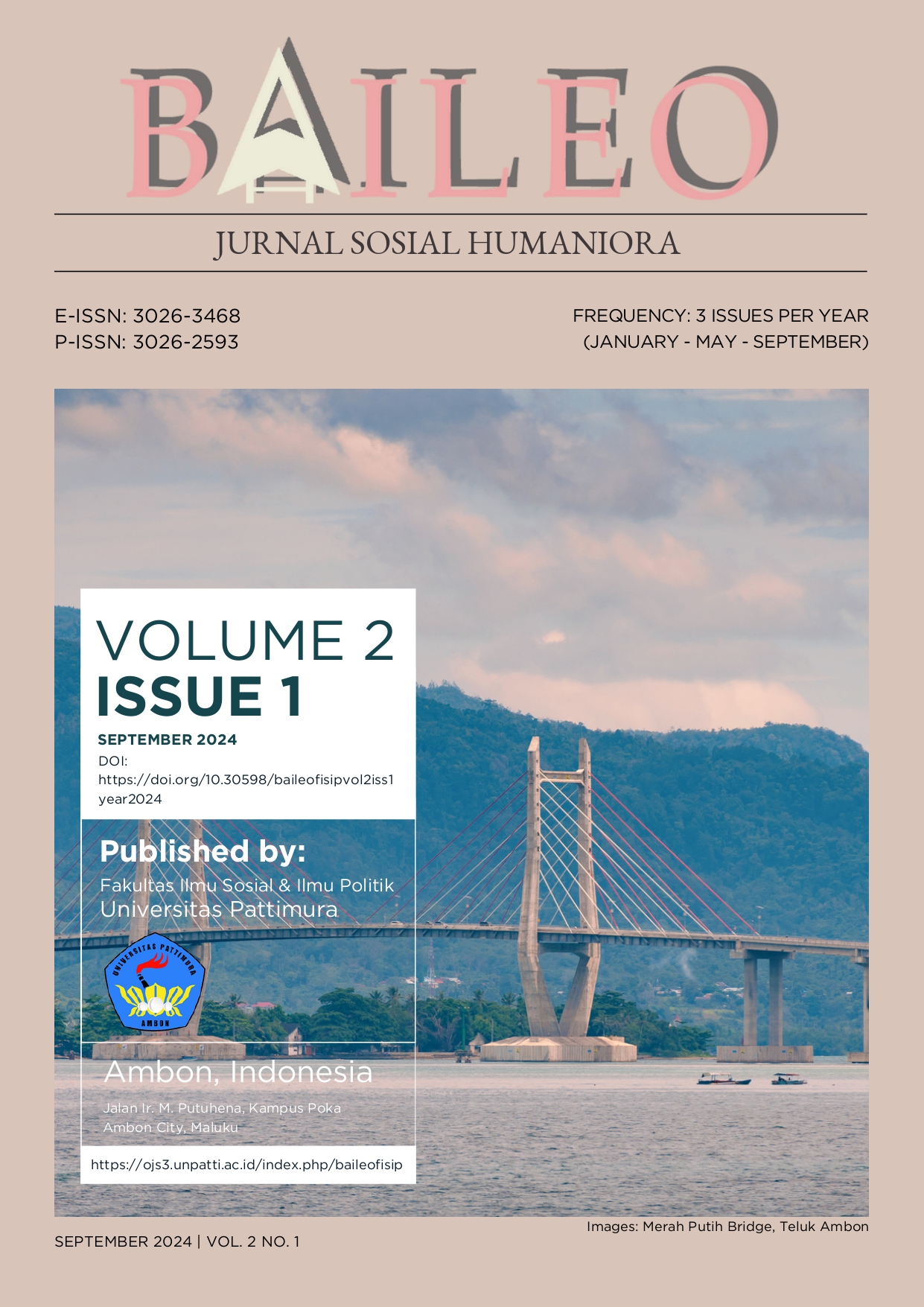The Role of Assistive Technology in Supporting Communication and Academic Access for Deaf Students: A Qualitative Study at Gallaudet University
Abstract
The biggest challenge faced by deaf students in education is the limited access to verbal communication, which affects their participation in learning. Communication technology and translation solutions are viewed as potential remedies, but their application in educational settings remains suboptimal. This study highlights the importance of exploring and identifying the most effective assistive technologies to support the communication and academic access of deaf students, with the goal of creating an inclusive and empowering learning environment that enhances their academic outcomes. The research methodology employed a qualitative approach, with in-depth interviews conducted with 10 teachers at Gallaudet University to gain deep insights into the most relevant and effective assistive technologies. The findings indicate that communication technology and translation solutions, such as mobile applications, iCloud services, and sign language, have great potential to support learning, help deaf students efficiently translate educational content, and facilitate knowledge sharing in the classroom. In conclusion, assistive technologies play a significant role in improving the communication and translation abilities of deaf students, thereby contributing to their academic achievement.
Downloads
References
Al Raisi, A., & Al Harthy, K. (2023). Proposing Integration of Speech-Text recognition with animation education to support Deaf people. Journal of Student Research, 6(1), 1–17.
Aljedaani, W., Krasniqi, R., Aljedaani, S., Mkaouer, M. W., Ludi, S., & Al-Raddah, K. (2023). If online learning works for you, what about deaf students? Emerging challenges of online learning for deaf and hearing-impaired students during COVID-19: a literature review. Universal Access in the Information Society, 22(3), 1027–1046. https://doi.org/https://doi.org/10.1007/s10209-022-00897-5
Cabanillas-Carbonell, M., Cusi-Ruiz, P., Prudencio-Galvez, D., & Herrera Salazar, J. L. (2022). Mobile Application with Augmented Reality to Improve the Process of Learning Sign Language. International Journal of Interactive Mobile Technologies (IJIM), 16(11), 51–64. https://doi.org/10.3991/ijim.v16i11.29717
Carpenter, E. A. C., Meltzer, A., & Marquart, M. (2020). Best Practices for Inclusivity of Deaf/deaf/Hard of Hearing Students in the Synchronous Online Classroom. World Journal of Education, 10(4), 26–34. https://doi.org/10.5430/wje.v10n4p26
Cawthon, S. W., & Garberoglio, C. Lou. (2021). Evidence-based practices in deaf education: A call to center research and evaluation on the experiences of deaf people. Review of Research in Education, 45(1), 346–371. https://doi.org/https://doi.org/10.3102/0091732X20985070
Ditlhale, T. W., & Johnson, L. R. (2022). Assistive technologies as an ODeL strategy in promoting support for students with disabilities. Technology and Disability, 34(3), 153–163. https://doi.org/10.3233/TAD-220376
Dyzel, V., Oosterom-Calo, R., Worm, M., & Sterkenburg, P. S. (2020). Assistive Technology to Promote Communication and Social Interaction for People With Deafblindness: A Systematic Review. Frontiers in Education, 5(12), 578389. https://doi.org/10.3389/feduc.2020.578389
Emereole, H. U. (2022). An Intelligent E-Learning System to Promote an Inclusive Classroom Experience for Deaf and Hard of Hearing Students in a Ghanaian University [Ashesi University]. https://air.ashesi.edu.gh/bitstreams/4e8c265b-cb28-41a3-b422-a60f32ccb125/download
Hermawati, S., & Pieri, K. (2020). Assistive technologies for severe and profound hearing loss: Beyond hearing aids and implants. Assistive Technology, 32(4), 182–193. https://doi.org/10.1080/10400435.2018.1522524
Kelly, J. F., McKinney, E. L., & Swift, O. (2022). Strengthening teacher education to support deaf learners. International Journal of Inclusive Education, 26(13), 1289–1307. https://doi.org/10.1080/13603116.2020.1806366
Leigh, G., & Crowe, K. (2020). Evidence-Based Practices for Teaching Learners who are Deaf or Hard of Hearing in Regular Classrooms. In Oxford Research Encyclopedia of Education (pp. 24–34). Oxford University Press. https://doi.org/10.1093/acrefore/9780190264093.013.1258
Millett, P. (2021). Accuracy of Speech-to-Text Captioning for Students Who are Deaf or Hard of Hearing. Journal of Educational, Pediatric & (Re) Habilitative Audiology, 25(1), 1–13.
Mohammed, N. (2021). Deaf students’ linguistic access in online education: The case of Trinidad. Deafness & Education International, 23(3), 217–233. https://doi.org/https://doi.org/10.1080/14643154.2021.1950989
Mohd Hashim, M. H., & Tasir, Z. (2020). An e-learning environment embedded with sign language videos: research into its usability and the academic performance and learning patterns of deaf students. Educational Technology Research and Development, 68(6), 2873–2911. https://doi.org/10.1007/s11423-020-09802-4
Neuendorf, K. A. (2018). Content analysis and thematic analysis. In Advanced Research Methods for Applied Psychology (pp. 211–223). Routledge. https://doi.org/10.4324/9781315517971-21
O’Neal, M. (2021). Technology and Accessibility in Education for Hearing Impaired Children.
Paatsch, L., Scott, K., & Toe, D. (2022). Supporting pragmatic skills in deaf and hard-of-hearing students during peer-to-peer interactions. Deafness & Education International, 24(4), 314–333. https://doi.org/10.1080/14643154.2022.2137013
Speroni, R. de M., Borges, L., de Moraes, A. F., Correa, I. P. A., & Silva, L. A. (2023). Application of Educational Support Through Disruptive Technology in Deaf Student Learning. In Advances in Intelligent Systems and Computing (pp. 320–331). Springer. https://doi.org/10.1007/978-3-031-14859-0_30
Walliman, N. (2021). Research Methods. Routledge. https://doi.org/10.4324/9781003141693
Yarrow, N., Pynnonen, L., Song, C., Bhardwaj, R., & Spiezio, M. (2023). Use of Assistive Education Technologies to Support Children with Visual and Hearing Difficulties in the East Asia and Pacific Region. World Bank. https://doi.org/10.1596/40510
Copyright (c) 2024 Sarah Abed Alhulays

This work is licensed under a Creative Commons Attribution 4.0 International License.




